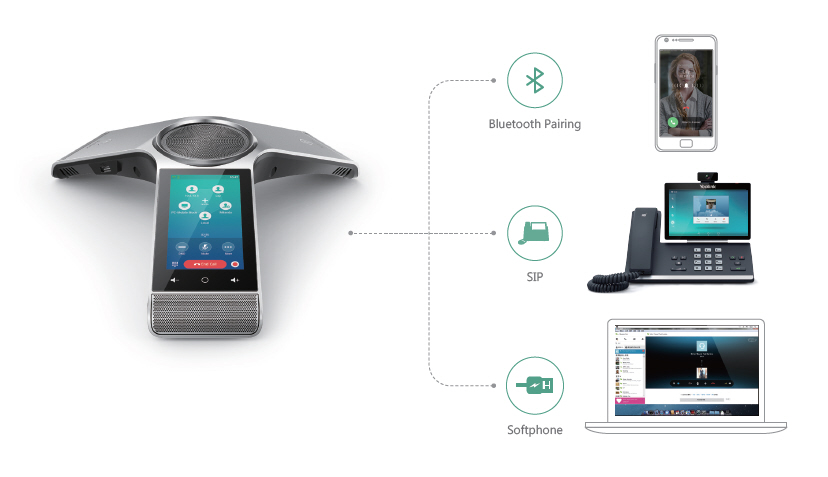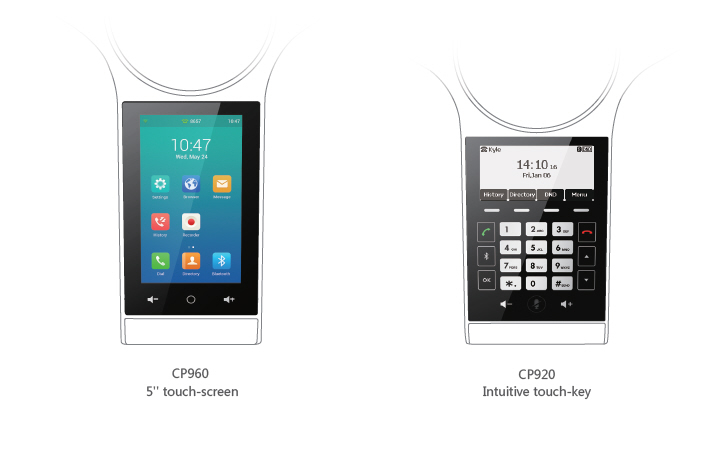Introduction
In today's fast-paced digital landscape, communication is the backbone of any successful business. With the advent of Voice over Internet Protocol (VoIP) technology, many companies are considering a shift from traditional phone systems to more innovative solutions. However, several misconceptions surround this transition, often causing hesitation or confusion among decision-makers. This article is here to clear the fog and provide insightful clarity on these beliefs surrounding VoIP Phone Systems. Let’s embark on this adventurous journey of “Debunking Common Misconceptions About Switching from Traditionals to VoIPs.”
What is a VoIP Phone System?
A VoIP Phone System utilizes internet connectivity to transmit voice communications instead of traditional telephone lines. This technology has revolutionized the way we communicate, offering enhanced features and flexibility that traditional systems simply can't match.
How Does a VoIP Phone System Work?
VoIP works by converting voice signals into digital data packets that can be transmitted over the internet. Here’s a simplified breakdown:
Conversion: Your voice gets digitized into data packets. Transmission: These packets travel over the internet to reach their destination. Re-conversion: At the other end, the data packets are converted back into voice signals.This process allows for high-quality calls and various features like voicemail-to-email, video conferencing, and call forwarding—all integrated within one system.
Understanding Traditional Phone Systems
Before delving deeper into misconceptions about switching to VoIPs, it's essential to understand what traditional phone systems entail.
Features of Traditional Phone Systems
Traditional phone systems, often referred to as Public Switched Telephone Networks (PSTN), rely on copper wires and physical infrastructure for communication. Here are some common features:
- Limited Scalability: Expanding your system often requires additional physical lines. Higher Costs: Monthly bills can be significantly higher due to maintenance and service charges. Basic Functionality: Most traditional systems offer basic calling features without advanced options like video conferencing.
Transitioning from Traditional Systems: A Brief Overview
Switching from a traditional system to a VoIP Phone System may seem daunting at first glance. However, with proper planning and understanding of its benefits, it can lead to a more streamlined communication experience.
Debunking Common Misconceptions About Switching from Traditionals to VoIPs
One of the biggest hurdles in adopting new technology is overcoming misconceptions. Let's take a closer look at these myths surrounding VoIP:
Misconception #1: VoIP Is Too Complicated
Many believe that transitioning to a VoIP system involves cumbersome setups and complex configurations. In reality, most modern VoIP solutions are user-friendly and designed for simplicity.

Reality Check
Most providers offer intuitive interfaces that allow you to manage settings easily—think of it as using an app on your smartphone!
Misconception #2: Poor Call Quality
Another prevalent myth is that voice quality suffers with VoIPs compared to traditional phones.
Reality Check
While early versions of VoIP had issues with latency and dropouts, advancements in technology have greatly improved call quality. With adequate bandwidth and proper setup, users often find that call quality surpasses that of traditional systems.
Misconception #3: High Initial Costs
It's commonly believed that switching to a VoIP system requires significant upfront investment.
Reality Check
While there may be initial costs involved in purchasing equipment or software licenses, many businesses save money in the long run due to reduced operational costs associated with maintenance and long-distance calling fees.

Benefits of Switching from Traditional Phones to VoIPs
Now that we've debunked some common myths, let's explore why so many businesses are making the switch.
Cost Efficiency
One of the primary advantages of adopting a VoIP Phone System is cost savings:
- Lower Monthly Bills: Reduced charges for local and international calls. Elimination of Hardware Costs: Many services require little more than an internet connection.
Enhanced Flexibility
With a VoIP system:
- Users can make calls from anywhere with internet access. Features like video conferencing become part of everyday communication practices.
Exploring Advanced Features in VoIP Phone Systems
When considering "Debunking Common Misconceptions About Switching from Traditionals to VoIPs," it's essential also to highlight the advanced features available in modern VoIP systems:
Unified Communications
Integrating various communication methods—like email, instant messaging, and video conferencing—into one platform streamlines workflows significantly.
Scalability Options
As your business grows or changes direction, scaling up or down becomes seamless with cloud-based services offered by many VoIP Phone Systems today.
Common Concerns When Switching
Despite its advantages, organizations may have lingering concerns when considering the switch:
Security Issues
Some argue about potential vulnerabilities inherent in using internet-based services for communication.
Addressing Security Concerns
Modern providers implement robust encryption protocols ensuring secure communication channels comparable—or even superior—to traditional systems' security measures.
Reliability Factors
Many fear outages during critical moments might cripple their operations if they switch entirely away from PSTN networks.
Reality Check on Reliability
Providers often offer redundancies such as backup power https://privatebin.net/?bfdb6902b3913fc7#4UoxoyTnzcpUgxgfbzYGPckWjy6miroxiXQxa1jXEkoT supplies or failover routing mechanisms guaranteeing uninterrupted service performance—even in emergencies!
Frequently Asked Questions (FAQs)
Here are some frequently asked questions regarding switching from traditional phones to VoIPs along with concise answers:
Is it difficult to set up a new VoIP Phone System?- Not at all! Most setups involve simple plug-and-play devices coupled with user-friendly software interfaces for configuration adjustments.
- Yes! Most providers support number porting allowing you continuity while transitioning services seamlessly without changing contact details!
- Absolutely! Although regulations vary by region regarding emergency dialing capabilities; generally speaking; reputable providers facilitate necessary compliance ensuring users can reach emergency services when needed!
- A minimum speed threshold typically hovers around 1 Mbps download/upload per line used; however testing tools exist online helping assess current bandwidth performance before committing fully!
- Always read through terms carefully; while reputable companies strive towards transparency occasionally unexpected fees arise (e.g., hardware rentals); asking upfront eliminates surprises later down the line!
- Most reputable providers maintain fallback solutions designed specifically around preventing service disruption during outages—in addition back-up power sources ensure reliability too!
Conclusion: Embracing Change for Future Success
Switching from traditional phone systems may seem daunting initially but understanding both realities behind misconceptions paired alongside undeniable benefits makes embracing change worthwhile! As we've explored throughout "Debunking Common Misconceptions About Switching From Traditionals To VOIPs," clarity reigns supreme—allowing organizations greater freedom while enhancing productivity levels overall! So don’t let outdated ideas hold you back; instead dive headfirst into modernization today!